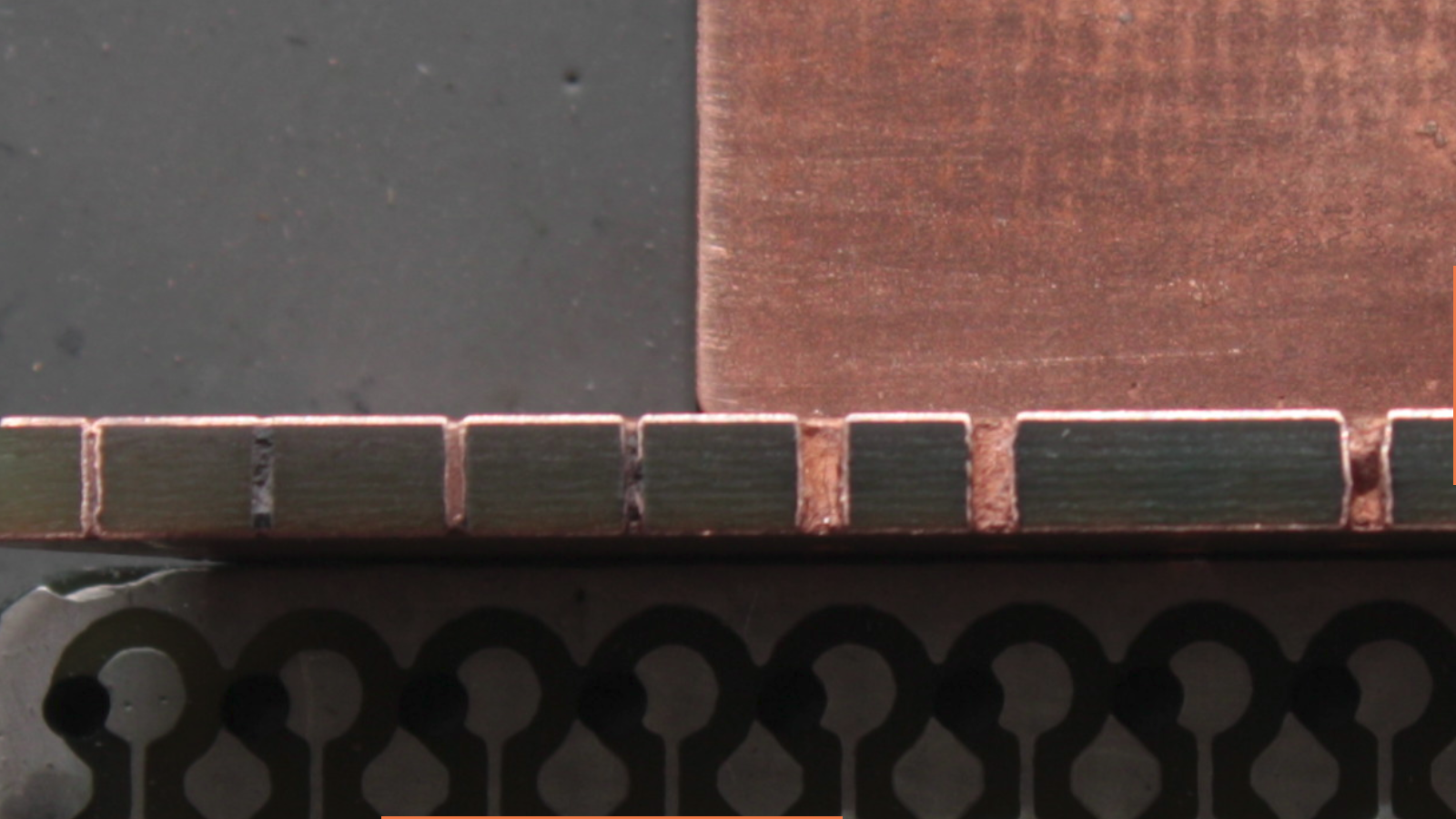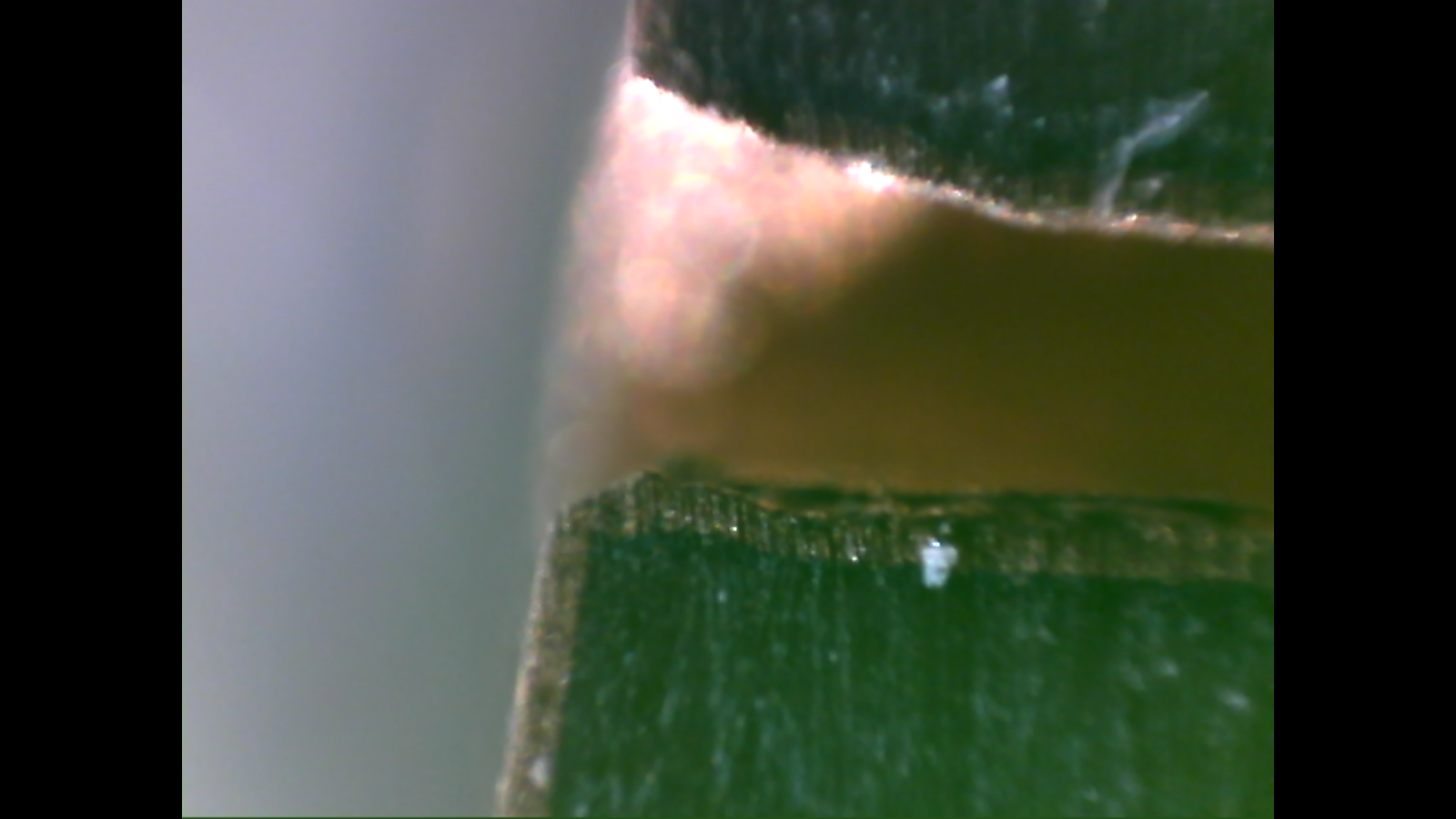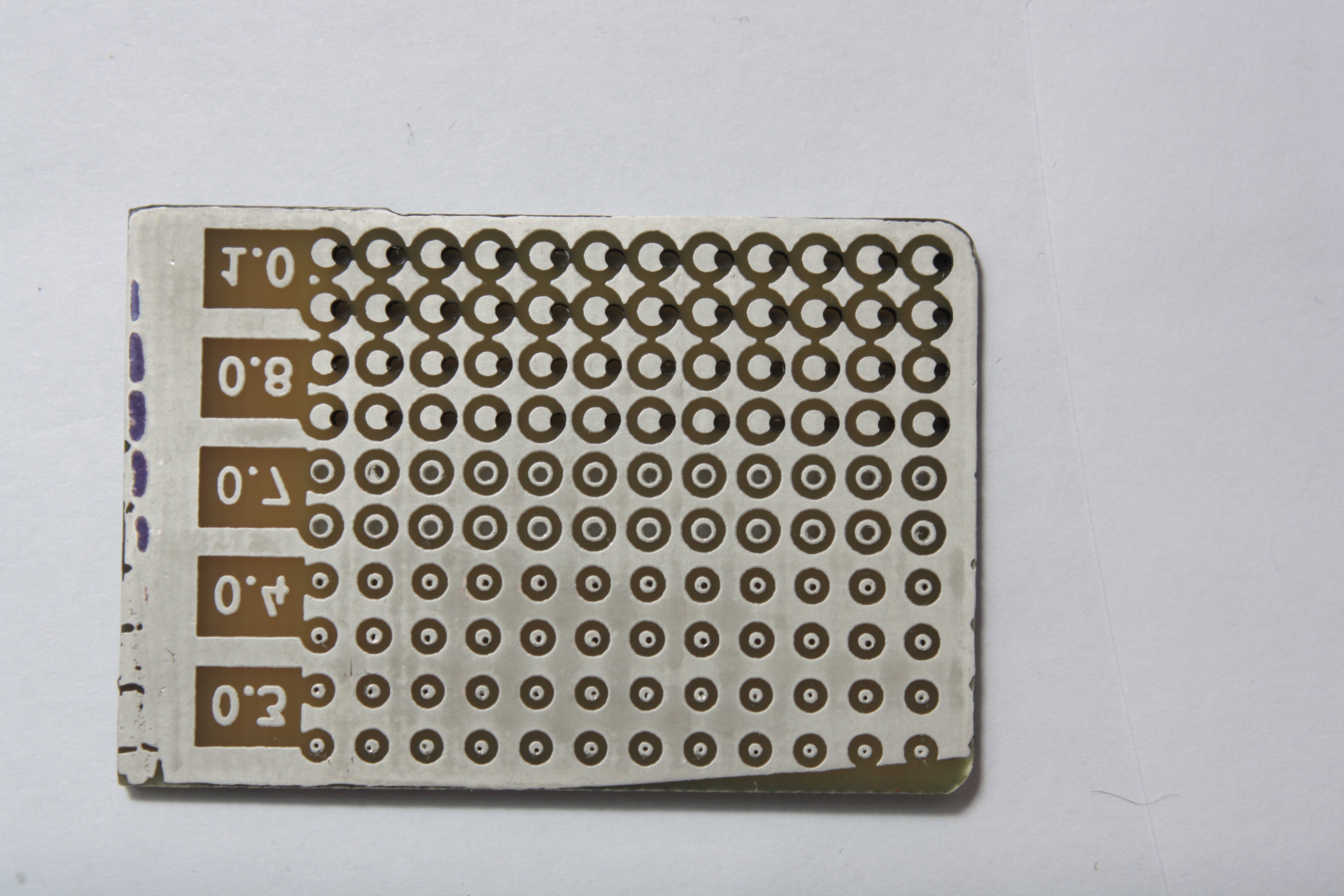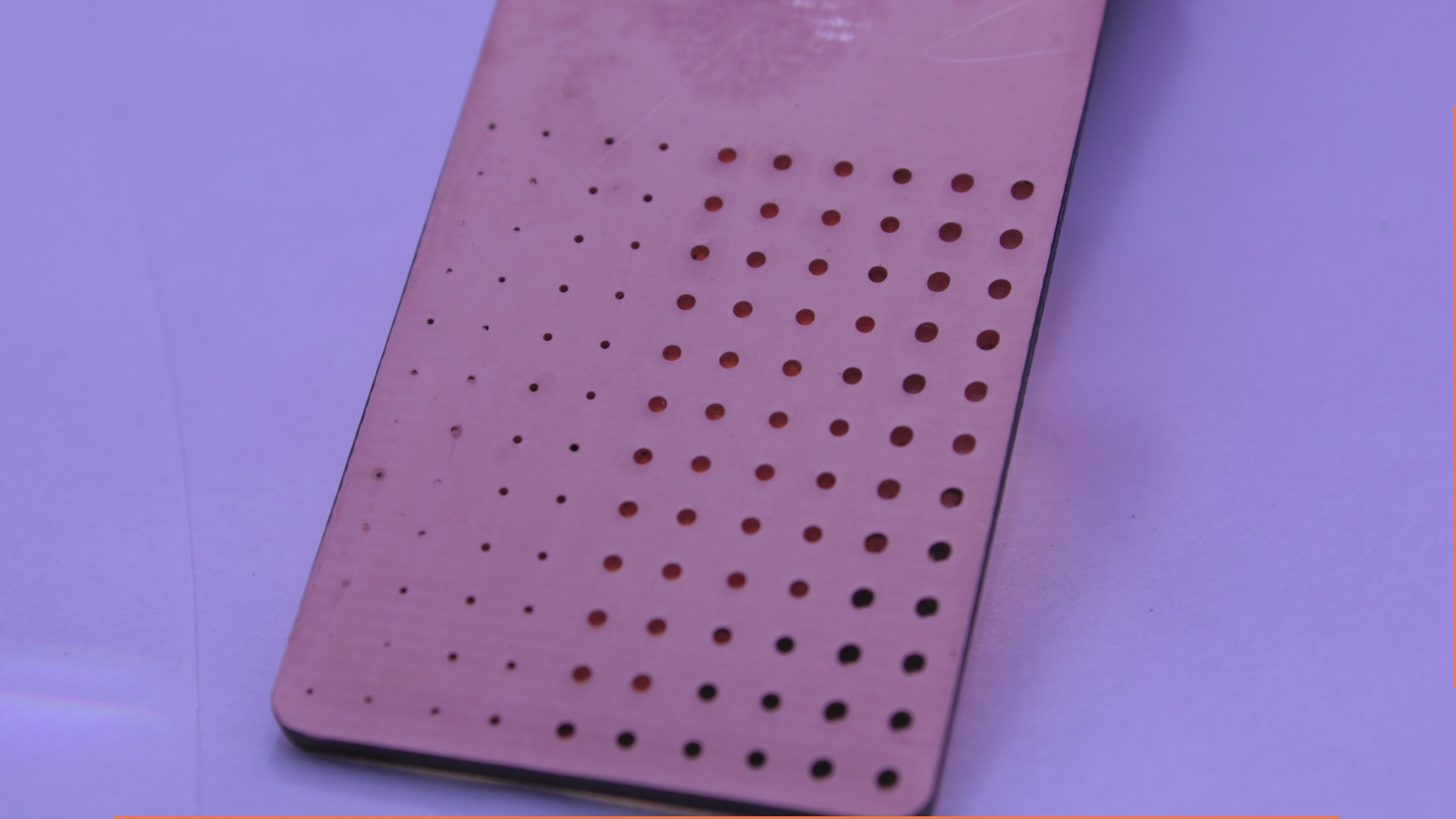The process tank is made with an off the shelf "Lock'n'Lock" brand food container, a few laser cut acrylic parts, a piece of copper heating pipe and a bit of PVC aquarium tube.
The power supply is a hybrid of a AVR controlled constant current source and an H-Bridge. It's powered by an ATX power supply, as these are ubiquitous and capable of providing a lot of current on the 5V rail.
 Alexander Tuxen
Alexander Tuxen







I need compile project but I recive error
In file included from display.cpp:1:0:
display.h:4: error: variable 'menu_strings' must be const in order to be put into read-only section by means of '__attribute__((progmem))'
extern PGM_P menu_strings[] PROGMEM;
^
display.h:9: error: variable 'settings_strings' must be const in order to be put into read-only section by means of '__attribute__((progmem))'
extern PGM_P settings_strings[] PROGMEM;
^
display.cpp:35: error: variable 'menu_strings' must be const in order to be put into read-only section by means of '__attribute__((progmem))'
PGM_P menu_strings[] PROGMEM = {
^
display.cpp:54: error: variable 'settings_strings' must be const in order to be put into read-only section by means of '__attribute__((progmem))'
PGM_P settings_strings[] PROGMEM = {
^
display.cpp:73: error: variable 'misc_strings' must be const in order to be put into read-only section by means of '__attribute__((progmem))'
PGM_P misc_strings[] PROGMEM = {
Please help me compile your code.
Thanks